
Evolution of Thumpamon Sree Vadakkumnathan temple is closely
related to the evolution of other great temples in Kerala and the Kerala's
social and cultural history. It is believed that this temple belongs to the Age
of Buddist Temples (200 BC to 800 AD) and to the Age of Revival of Hinduism and
the 'New' Brahminical Temples (800 AD onwards). This temple consists two
Sreekovils (Sanctum Sanctorum), and both are round shaped. The Age between 300
BC and 800 AD is cited as the Golden Years of Jainism and Buddhism. Buddhism
was introduced in Kerala by the missions sent out by Emperor Ashoka. For more
than 700 years, Buddhism flourished in Kerala. The Paliyam Copper plate of the
Ay King, Varaguna (885-925 AD) shows that at least in South Kerala, Buddhists
continued to enjoy royal patronage even until 1000 AD. According to some of the
Kerala historians, many Hindu temples were once Buddhist shrines, including
Vadakkunathan temple of Thrissur. So Thumpamon Sree Vadakkumnathan temple might
also have a close relation to the Buddhist tradition. Shankaracharya and the
Revival of Hinduism by Brahmin scholars in 800-1000 AD gradually wiped out
Buddhism from Kerala. Royal patronage by the Vaisnavite Kulashekara dynasty
hastened this process. The Vedic Brahmins arrived in Kerala only in 700-800 AD,
along the west coast Tulu-nadu and from Andhra Pradesh (Thazhamom madom, the
Thanthris of Thumpamon Sree Vadkkumnathan Temple belongs to Andhra Pradesh).
But unlike in North India, the Brahmins in Kerala adopted the Tantric form of
temple ritual-worship.
Location Kerala, Pathanamthitta, Thiruvananthapuram
Legend
It is believed that the deity (Balamuruga) in the second
Sreekovil of Thumpamon Sree Vadakkumnathan Temple (known as Thekkumnathan) was
worshiped by Sakthi Bhadra, the author of Acharya Chudamani. Sakthi Bhadra was
a contemporary of Shankaracharya and after completing Achrya choodanani he had
given it to Sankaracharya for his opinion. That time Shankaracharya was at
Chenganoor mahadeva temple and was in Maunavritha. So he did not give the
opinion and Sakthi Bhadra thought that Shankarachrya does not like his text. So
he burned it. But after some time, Shankara visited Shakthi Bhadra and said
that the text was remarkable. Shakthi bhadra told Shankara that he had burned
the text. Then Shankara recited the full text from his memory to Shakthi
Bhadra. This is a prominent story associated with Thumpamon Sree Vadakkumnathan
Temple.
Architecture
The general form of Thumpamon Sree VadakkumNathan temple is
based on the PANCHA-PRAKARA LAYOUT SCHEME of the traditional kerala temples.
The Bhakti Movement and resurgence of Hinduism also marked the revival of
temple construction. 1.
AKATTHE-BALIVATTAM - (a) The innermost enclosure, which includes two Sreekovils
for building housing of the principal deitiesVadakkunnathan and ThekkumNathan.
(b) Anthar-mandala: Space outside the Sreekovil occupied by protective deities
in the form of small stone platforms - Bali-Kall (c) Namaskaara-mandapa: A
raised platform for prostration's 2. NAALAMBALAM / CHUTTAMBALAM - Area around
the sanctum which consists of (a) Valia-ambalam: Covered spaces around the
Sreekovil for rituals and prayers (b) Thittapalli: A small temple kitchen (c)
Mulayara : Storage space for grains, fruits, utensils, firewood 3. MADHYA HAARA
/ VILAKKU-MADAM - The Vilakkumadom Galaxy of Lamps around temple had lost in the
dark age have reconstructed recently. 4. PURATTHE-BALIVATTAM / SIVELIPPURA -
Outer enclosure and cirumabulatory pathway consists the following (a)
Agra-mandapa : Pathway leading to the Naalambalam (b) Valiya-balikall: Large
decorated stone platform for sacrificial offerings (c) Bali-peetha : Positions
for protective deities outside the temple (d) Kshetra-paala: Positions for
temple guardians (e) Kovil of minor deities: Sub-shrines within the temple
compound The temple had lost the Sivelippura and Koothamabalam(the Enclosure
for temple musicians) in the Dark Ages. 5. MARYAADA / PURAM MATHIL - The outer
boundary wall consists the following (a) Gopura in front of vadakkumNathan - a
formal high building marking the main gateways (b) Reconstructed Oottu-pura : Lunch-hall
(c) Puram-mathil: Outer-wall
Culture
The district is the youngest in the State and was formed in
1982. It is home to many of the leading temple, earning it the title "the
Pilgrimage Hub of Kerala". The leading temples in the district include Sabarimala
Ayyappa Temple, one of the most frequented temples in India.
Darsan Dresscode
At Thumpamon Vadakkumnatha Temple, Traditional Kerala attire
is preferred
Famous Festival
April - Uthrada Maholsavam
May - Uthrada Maholsavam
November - Mandala Chirappu & Pantrandu Vilakku
December - Mandala Chirappu & Pantrandu Vilakku
Temple Rituals
The first Sreekovil of Thumpamon Vadakkumnatha Temple is
dedicated to a deity named as Vadakkumnatha. It is believed by the worshippers
that the Lord installed in this Sreekovil is a form of Lord Shiva. Few other
devotees believe that the deity is a representation of Muruga i.e. Lord
Kartikeya while others are of the opinion that it is a form of Lord Vishnu.
However, the deity resembles Sree Buddha.
Special Rituals
The worshipers believe that the deity in the second
Sreekovil (known as Thekkumnathan) is Balamuruga. It is believed that this
deity was worshiped by SakthiBhadra the author of Acharya Chudamani (a drama
for Koodiyatta).
Additional Info
![]()
Eateries near Thumpamon Vadakkumnatha Temple
Padma Vilas Heritage Home
Phone:09840113897
Green Chillies Hotel and Family Restaurant
Phone:09447358852
![]()
Supermarket : Available











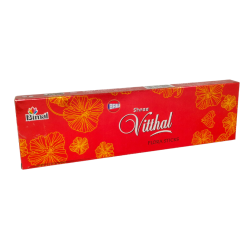
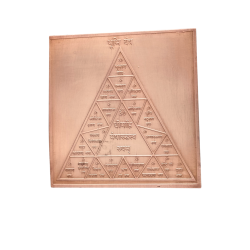
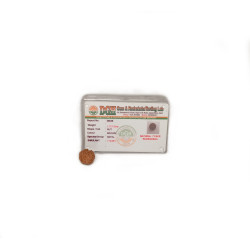
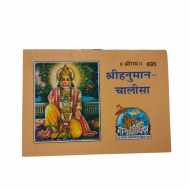
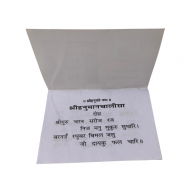
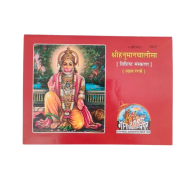
-190x190.png)
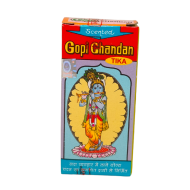
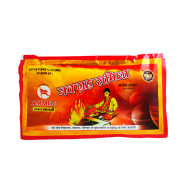
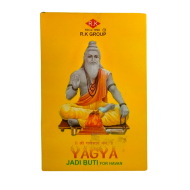
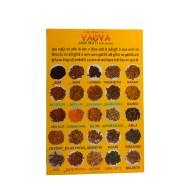
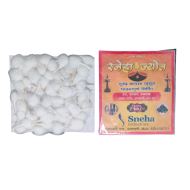
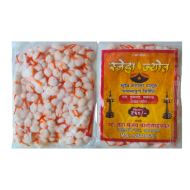
Leave a Comment